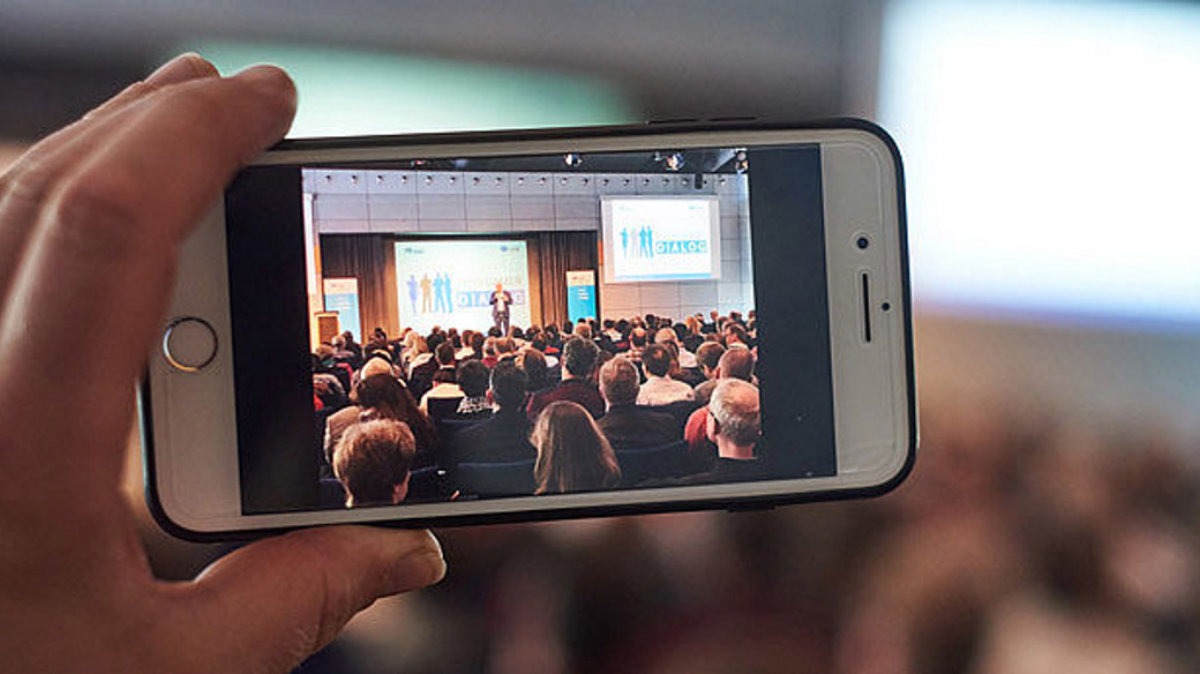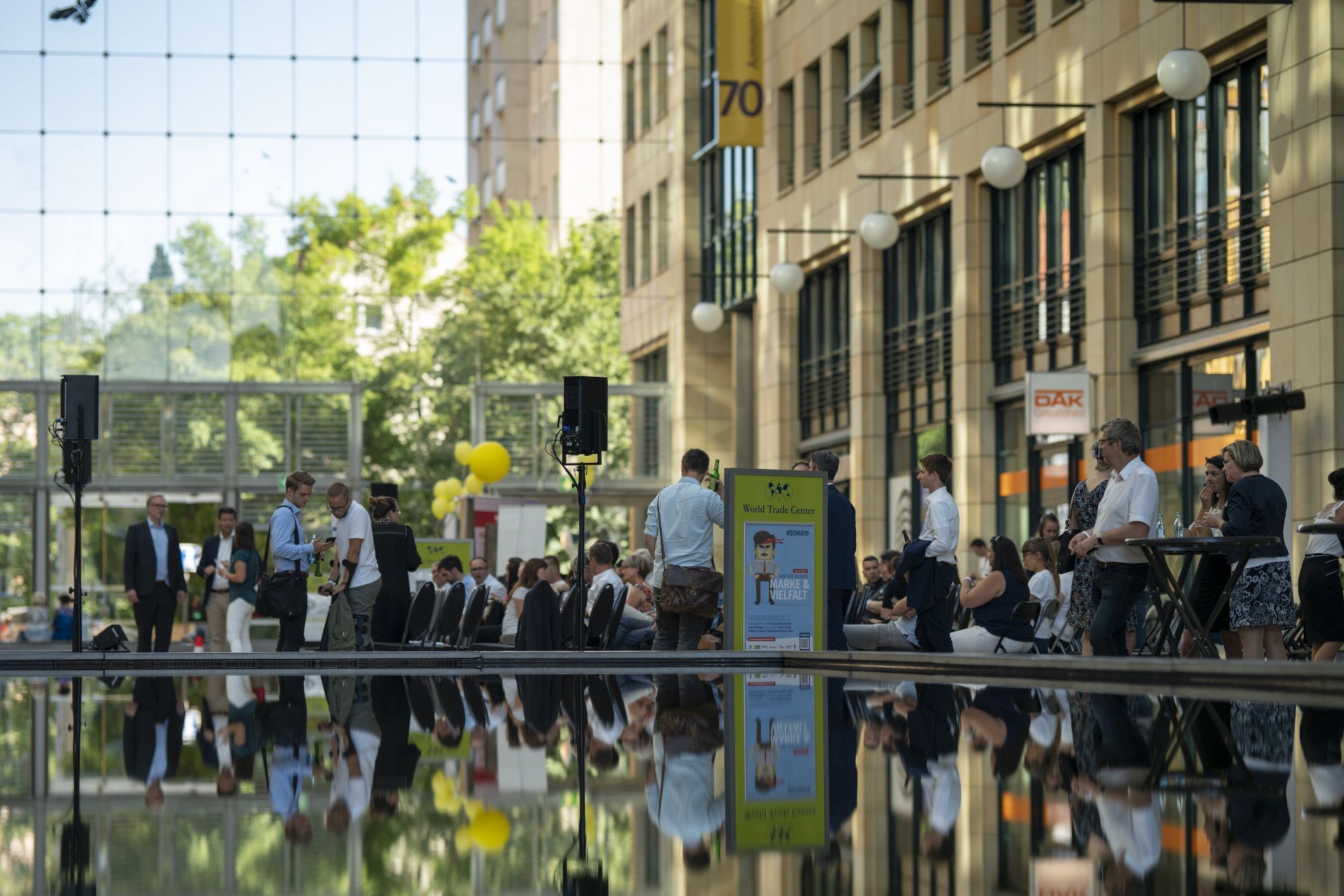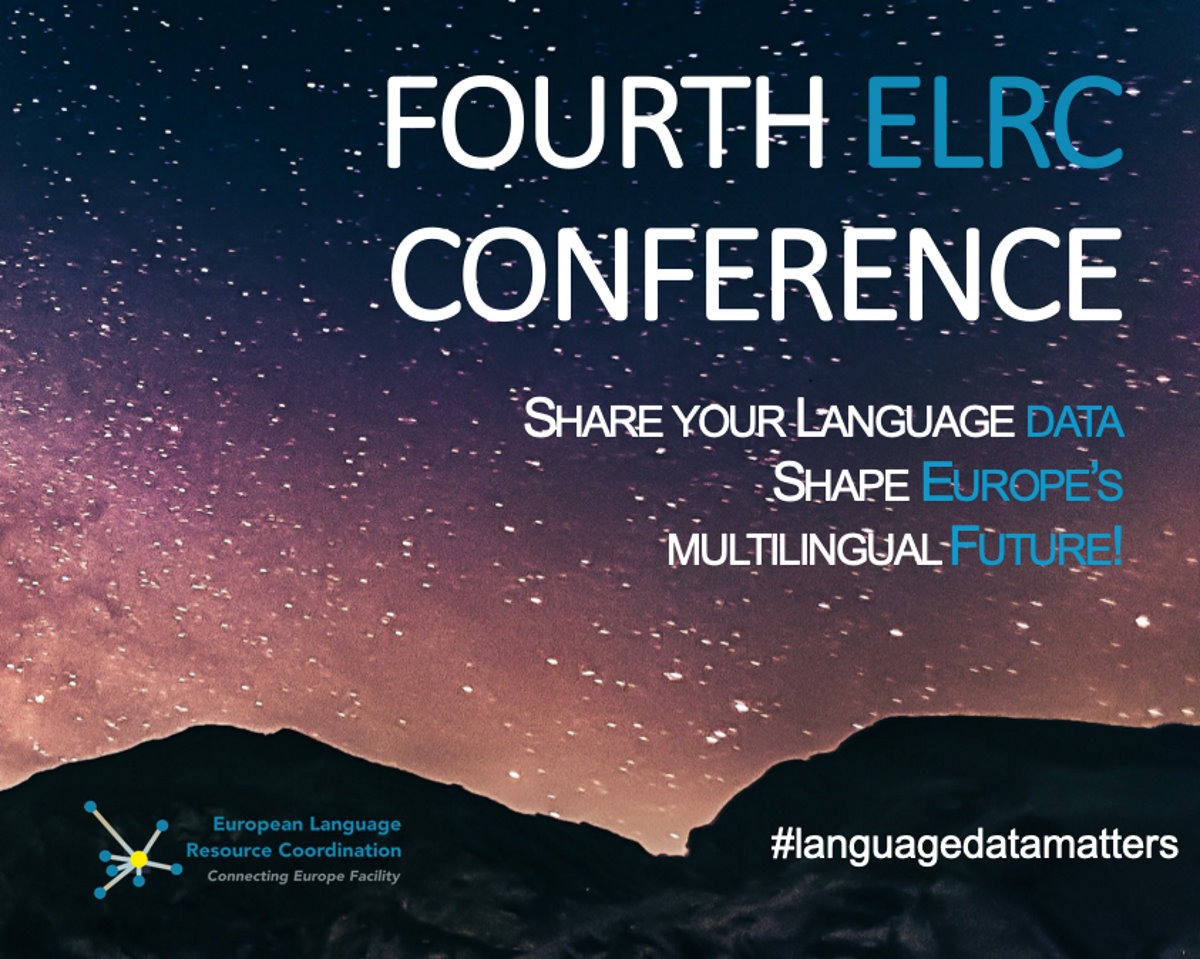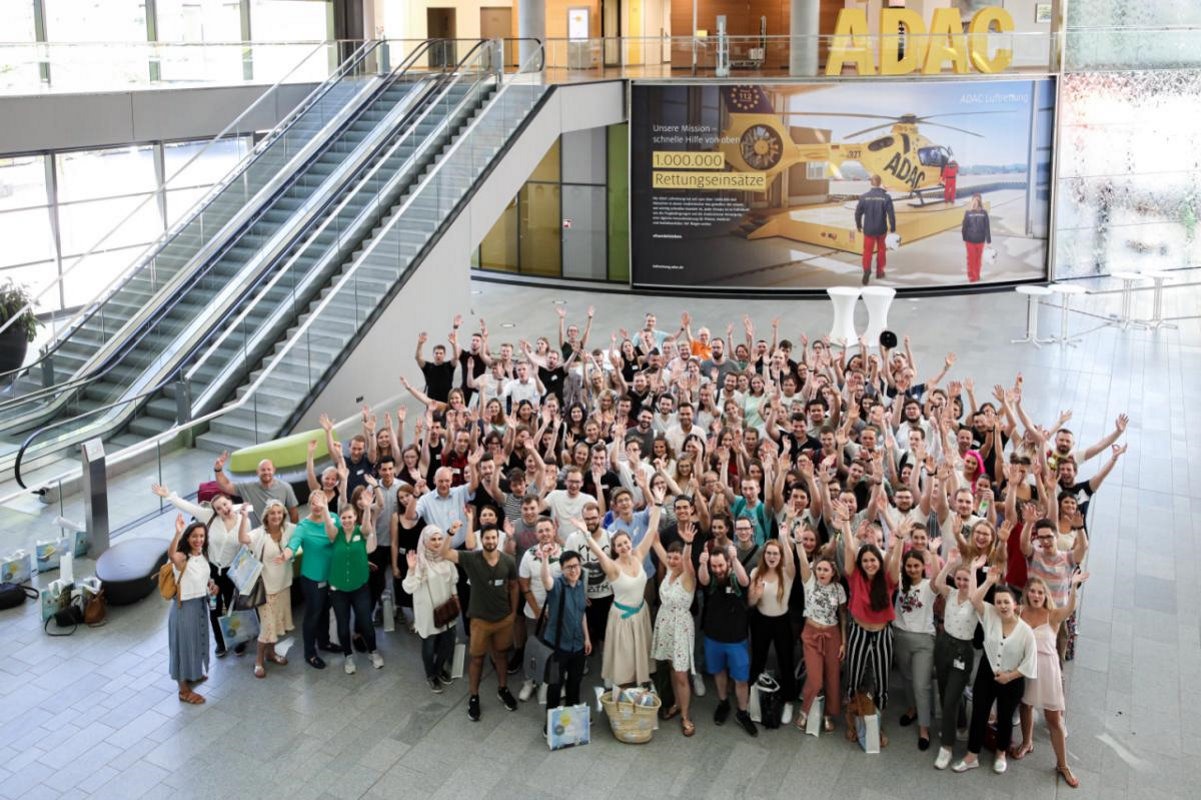Reading time: 4 minutes
Health in the workplace is and will remain a major topic. It is not just about accident prevention, but also about creating an optimal working environment and work organization for the employees. Only then people can develop their full potential. This is the daily bread of Hauke Dierks. He is a prevention consultant at the Unfallversicherung Bund und Bahn (UVB).
And how can new information and practices best be disseminated? Exactly, if you bring together many experts and stakeholders in one place. That is why the UVB organizes the Potsdam Dialogue every two years. And so that all participants can find their way quickly and easily, there was also a LineUpr app in 2019. In this interview, Hauke tells us why the UVB is slowly changing from paper to digital products and what advantages and disadvantages a program booklet has. A very interesting customer story. 😊

LineUpr: Hello Hauke. Thank you for taking the time to do this interview. Please introduce yourself and the Unfallversicherung Bund und Bahn.
Hauke: I am 31 years old and have worked for five years as a prevention consultant for the Unfallversicherung Bund und Bahn. As a statutory accident insurance agency, we provide our services from a single source. We take care of prevention, treatment, rehabilitation, and compensation, thus providing comprehensive protection and social security. I am active in the Occupational Health and Safety division. We advise, qualify, and inform our member companies about safety and health in their companies.
LineUpr: You used LineUpr for the Potsdam Dialogue. Please tell us more about this event.
Hauke: The Potsdam Dialogue is the central networking and advance training event for everyone in the field of public service and at Deutsche Bahn, who strive for safety and health in the workplace. Traditional occupational safety topics, health management or lectures on motivation and communication all have a platform at the conference. The circle of participants consists of executives, health managers, human resource managers, management, and staff representatives as well as occupational physicians and occupational safety specialists. The cross-hierarchical composition of the participants in a constructively relaxed atmosphere promotes content exchange and networking in various formats.
LineUpr: What strategies and tools do you use to address this target group? Do you attach particular importance to something special?
Hauke: We set up a website for the event. Here the participants and all those interested can find the most important information about the conference. We also advertise the Potsdam Dialogue via our newsletter, which is sent to our target group.
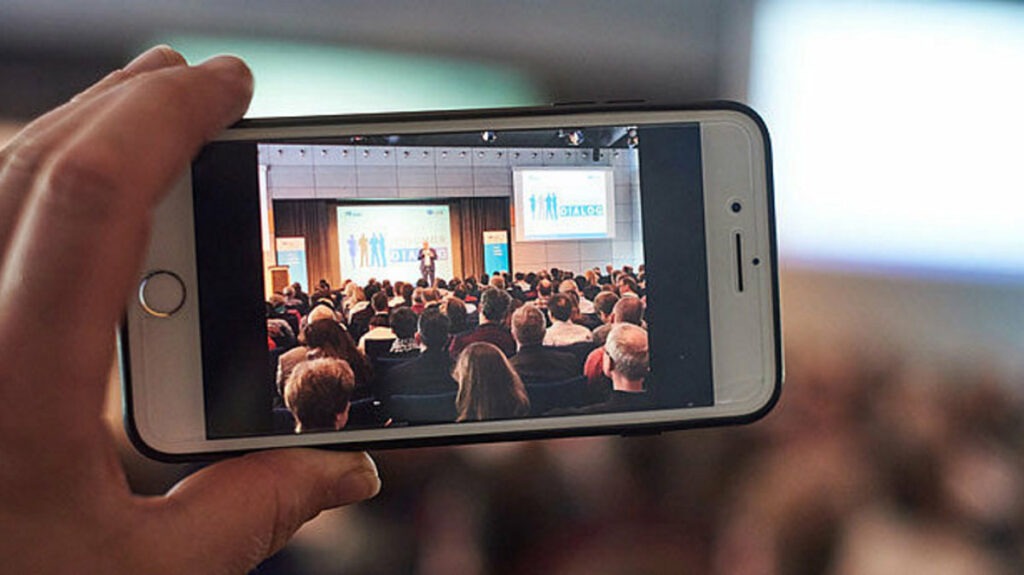
LineUpr: Do you also use printed products for marketing the event or for distributing information on-site? If so, which and why?
Hauke: We try to get rid of printed products and paper bit by bit. However, there is still a program flyer on site. Some participants do not want or cannot use digital solutions. Therefore, we also offer the program as a printed product.
We tailored the app completely to suit our event.
LineUpr: If you compare a printed program with an event app, what are the advantages and disadvantages of both variants?
Hauke: A printed program booklet needs little effort in its creation and production and every participant can use the printed program booklet. With the event app, short-term changes to the program can be easily adjusted. Besides, many participants were happy to have technical solutions, like in all other aspects of life.
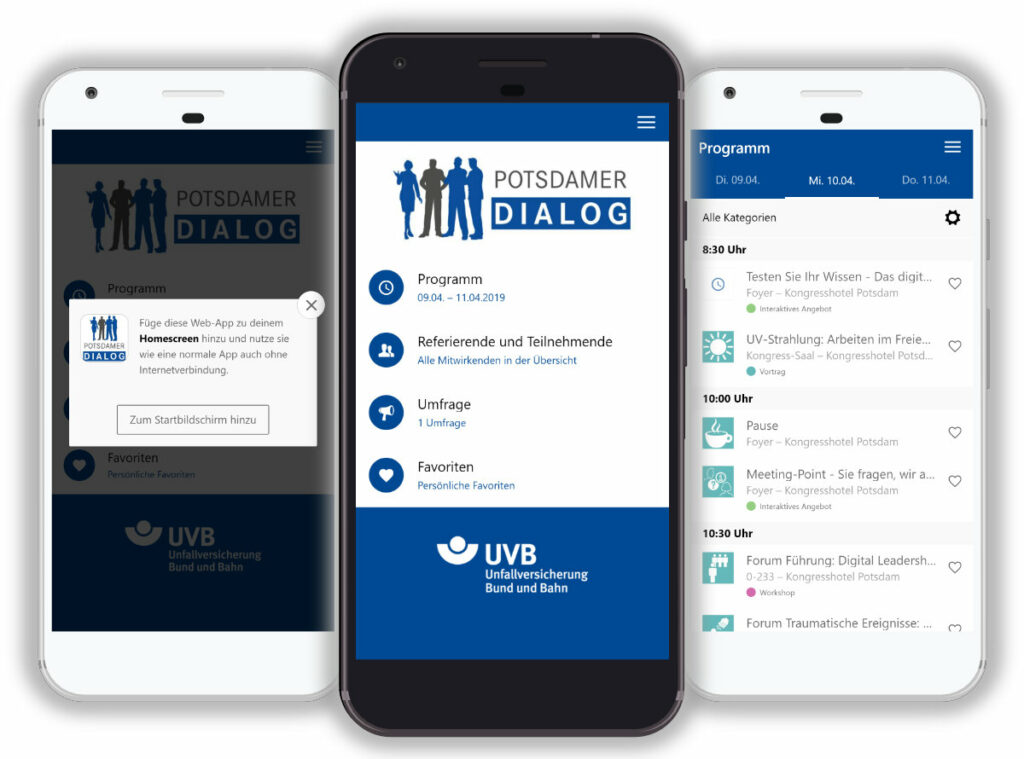
LineUpr: How strongly did you customize the LineUpr app?
Hauke: We tailored the app completely to suit our event. We adjusted the colors, the title, and the footer image. We renamed the menu items and rearranged or removed some menu items.
From our point of view, today, there are many arguments in favor of using an event app.
LineUpr: When and how did you inform the participants about the event app?
Hauke: We informed the participants about the event app together with the invitation via e-mail about six weeks before the start of the conference and we also sent the access data.

LineUpr: Did you also use the survey features in the app? If so, what kind of questions did you ask and how did you integrate the survey results into the event?
Hauke: Yes, we conducted live polls during the plenary lectures and in the moderation phases and thus could interact with the participants. Moderators included the results of their presentations. We used surveys for the evaluation of individual lectures and workshops, as well as for the overall assessment.
LineUpr: If someone is thinking about using an event app for their event, how would you advise them? When is an app useful and what are the disadvantages of an app?
Hauke: In our opinion, today, there are many arguments in favor of using an event app. It strengthens the networking of the participants. Information can be shared quickly and easily, surveys and live polls actively engage the participants in the conference and each conference guest can put together their own individual program. The only thing against using an app is that not all participants want to or can use an app. Also, the topic of data protection must always be taken into account and treated with sensitivity.
LineUpr: Which top three tips would you like to give other organizers for the use of LineUpr?
Hauke: 1. Individualization creates closeness – individual adjustments increase the recognition value.
2. Familiarize yourself with the functions of the app in advance.
3. Assign a photo to each person – this makes networking easier.
LineUpr: Thank you, Hauke, for the great interview. The accident insurance companies have long been influential users of LineUpr. It is all the more enjoyable for us to learn how to use the app concretely. More information about the UVB can be found online.
We are already looking forward to the next events with you.
